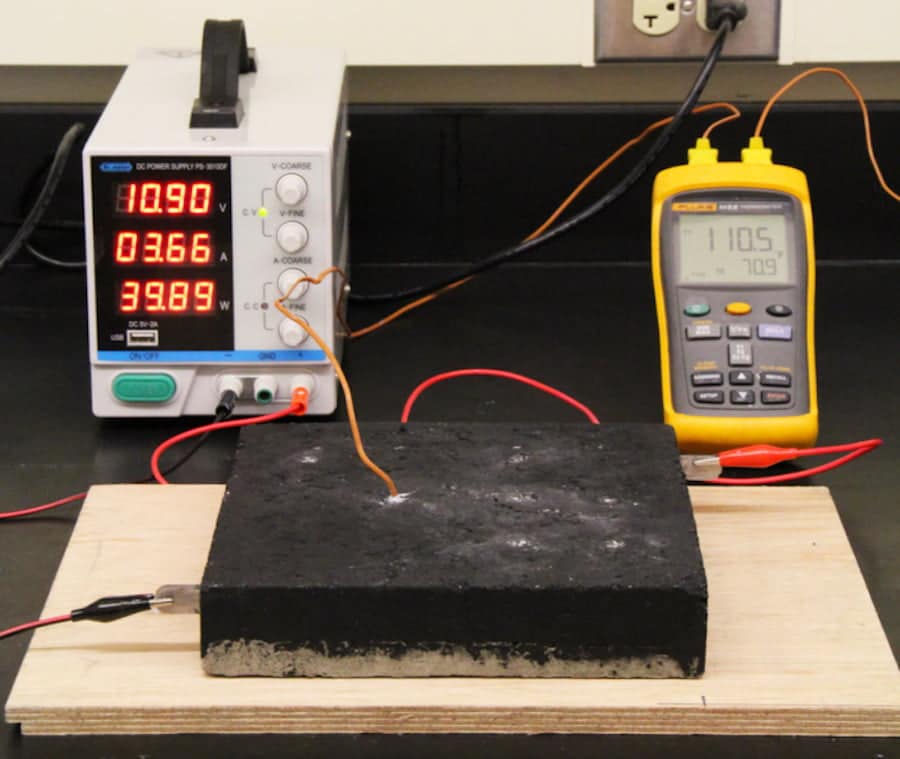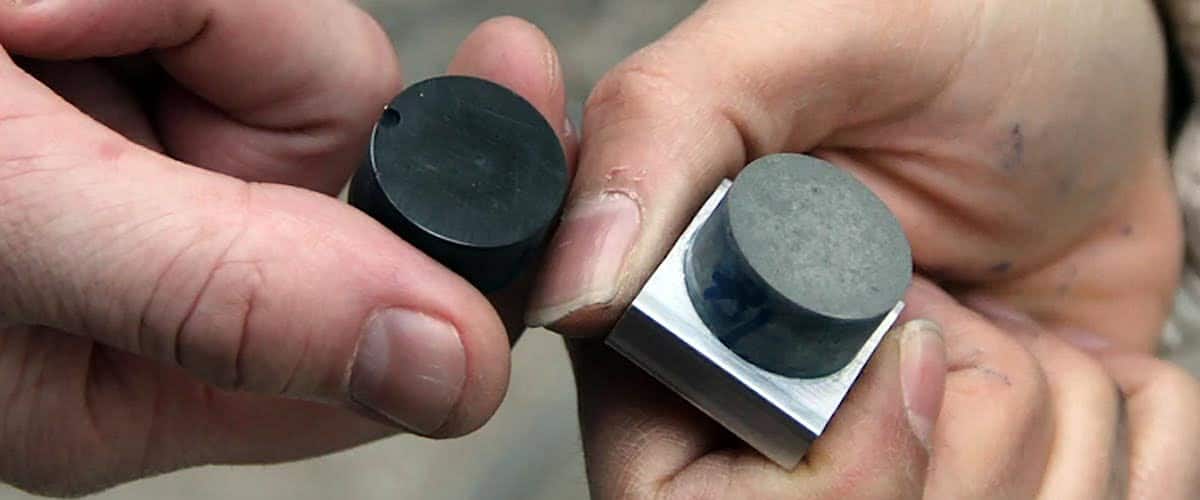Concrete is the most common building material in the world - now it may have been improved further.
A team of French and US engineers has developed a formulation that allows concrete to conduct electricity and generate heat. It could integrate and improve space heating.

The secret of concrete 2.0
Concrete does not usually conduct electricity, but recent research has shown that it can be made conductive by adding some form of carbon. In this case, the choice of specialists from the French National Center for Scientific Research and MIT fell on nanocarbon, an economical carbon material with excellent conductivity.
An addition of just 4% of Nano carbide is sufficient for the concrete to conduct electrical current and, consequently, emit heat.
How does it work?
“The resistive heating of this concrete is caused by the interaction of electrons and moving atoms in a conductor,” he says Nicolas Chanu, co-author of the study.
Electrons accelerated in an electric field exchange kinetic energy every time they collide with an atom, including vibrating atoms in the lattice, which manifests itself as increased heat and temperature in the material.
Practical applications of conductive concrete
This technology can be ideal for internal underfloor heating. Radiant heating is usually achieved by circulating hot water in pipes hidden under the floor. But such a system is not easy to build and maintain.
If the concrete itself becomes a heating element, the heating system becomes simpler and more reliable. Furthermore, concrete provides a more uniform heat distribution thanks to the excellent dispersion of nanoparticles in the material.
In summary, a significant difference that can increase the efficiency of a material and the sustainability of homes.
The research was published in the journal Physical Review Materials.


